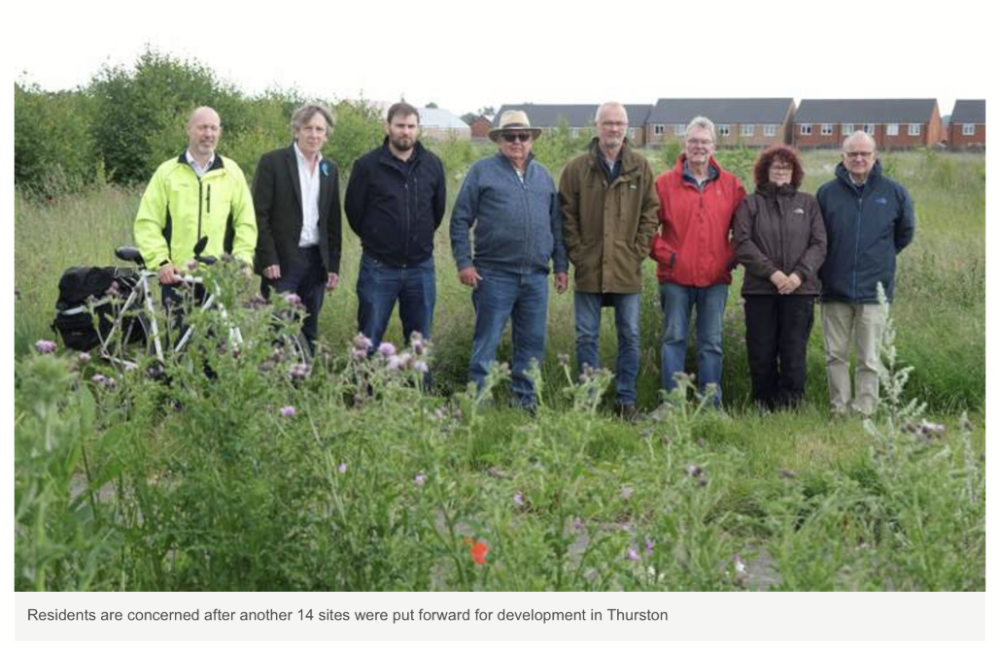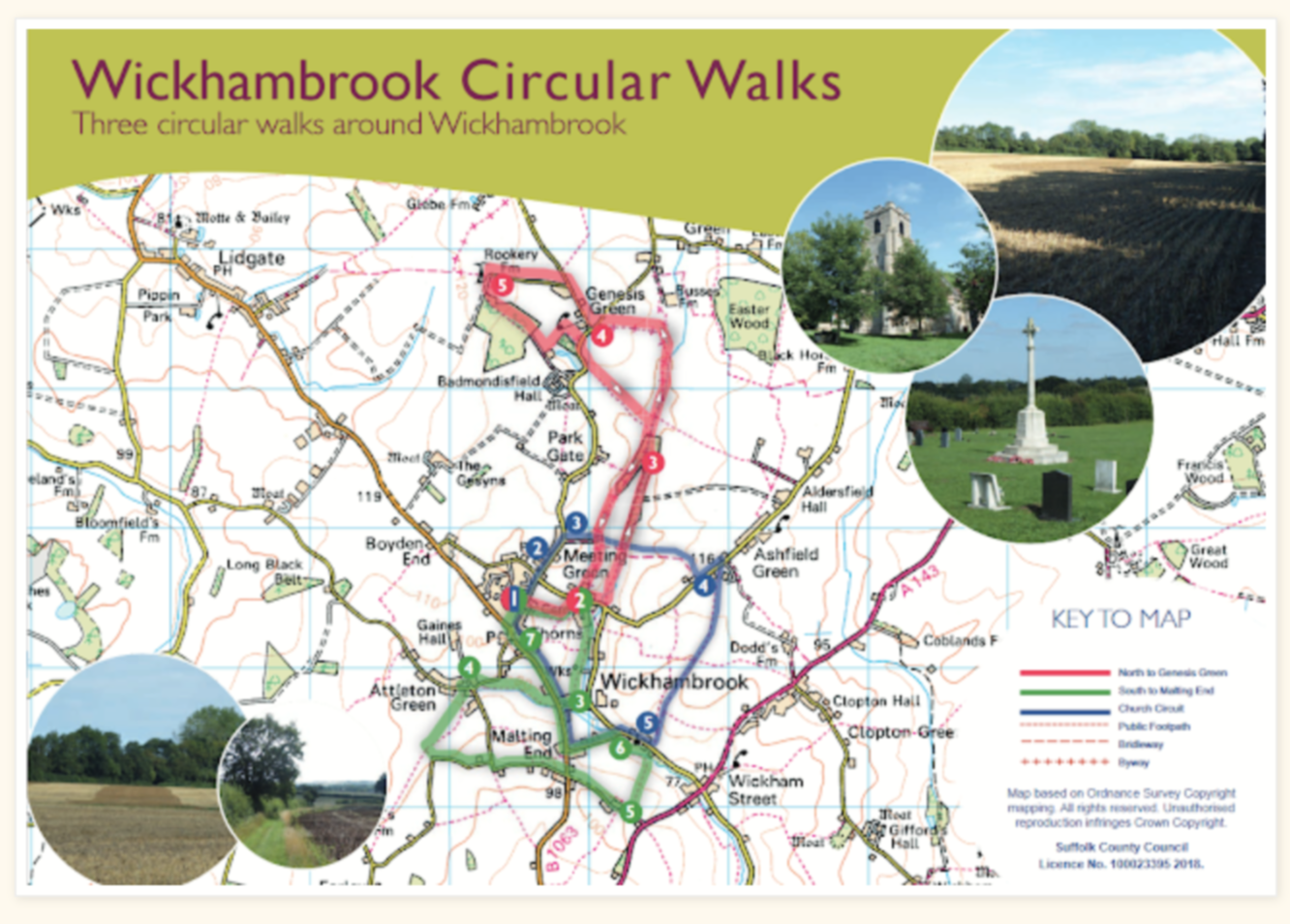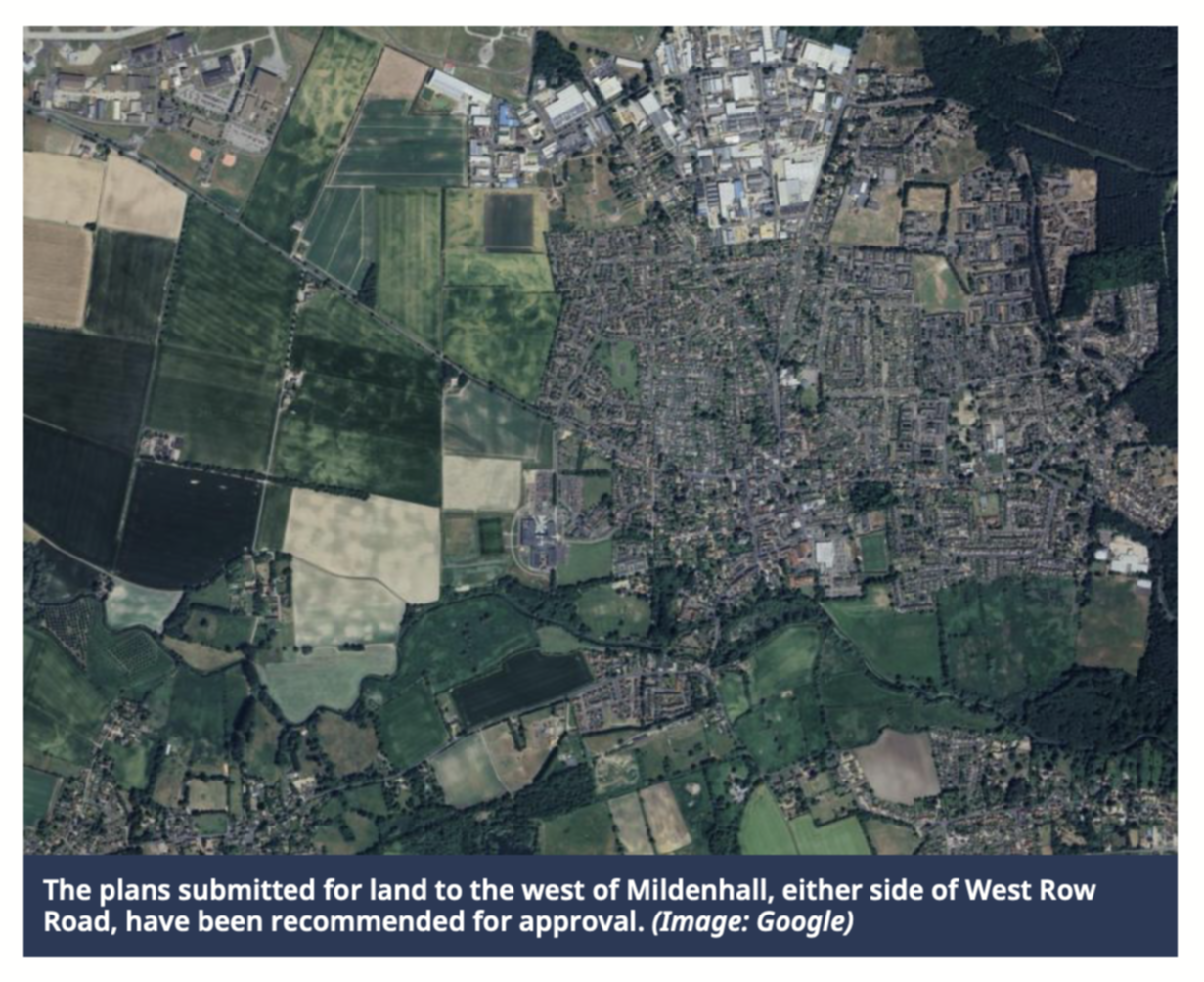Fresh concerns have emerged in Thurston, near Bury St Edmunds, after 14 additional sites were proposed for potential development. These locations were submitted by landowners to Mid Suffolk District Council during a recent ‘call for sites’ as part of the council’s efforts to shape future development in the area.
This initiative is part of phase two of the joint local plan being developed by Mid Suffolk and Babergh District Councils, which will guide the region’s growth until 2037. The call for sites invites landowners to suggest locations for various purposes, including housing, commercial spaces, healthcare, education, open spaces, and more. However, the submission of a site doesn’t guarantee it will be developed.
Thurston has already seen significant growth, with 1,248 new homes approved since 2017. This rapid expansion has left many residents worried about the village’s future. Jonathan Masters, a local resident, expressed his frustration, saying, “I was dismayed to learn of another call for sites, with 14 more potential locations, including three large sites off Mill Lane. It feels like landowners and developers, not planners, are shaping the future of Thurston.”
Masters also highlighted the influence of developers in the planning process, pointing out that in the past eight years, several developments were decided by the High Court or the planning inspector, bypassing local planning departments. “Landowners and developers have unacceptable power,” he added.

Residents are increasingly calling for a halt on new housing projects until the village’s infrastructure is adequately prepared for the influx of new residents. A particular point of concern is Fishwick Corner, a notorious accident hotspot where a three-vehicle crash occurred just this week.
In response to the growing concerns, a spokesperson for Mid Suffolk District Council clarified that the call for sites is a routine part of developing any local plan. “The local plan sets out a framework for future development in consultation with local communities, ensuring everyone can see the vision for future housing, employment, and infrastructure. This will then guide decisions on development proposals,” the spokesperson explained.
For those interested in viewing the proposed sites and the details of the local plan, more information is available at www.midsuffolk.gov.uk/joint-local-plan.
The local plan will also play a crucial role in the appeals process if any planning applications are refused, ensuring that future developments align with the community’s needs and vision.

